This area was the center of activity for the College Football Playoff (Alabama vs Clemson) festivities. A musical event with famed performers was held at the park Sunday, 1/08, and preparations were underway when we visited (so most of the park was not open to the public).
We walked down to the Riverwalk at Glazer Children's Museum and the Tampa Museum of Art.
The Historical Monument Trail along the Riverwalk features bronze and marble busts of individuals important to Tampa's history. There are a total of 23 and more will be added in the future (through a nomination process managed by the Selection Committee). Here are two of them. Henry B. Plant (1819-1899) who built the Plant System of railroads, steamships and hotels after the Civil War. His two well-known hotels, the Tampa Bay Hotel (Tampa) and the Bellview Biltmore (nearby Belleair), hosted guests and dignitaries from all over the world. Kate Victoria Jackson (1857-1940) was a shrewd businesswoman and philanthropist at a time when women did not yet have the vote. She created the city recreation department and was instrumental in creating the city's water and sewage system to provide clean water and safely dispose of waste in the city.
There are various shade structures along the Riverwalk and bridges (for vehicles) that cross the Hillsborough River.
Hotels, museums, businesses, and the University of Tampa campus provide a beautiful backdrop along the Riverwalk.
These colorful markings represent collegiate rowing crews. Many travel to the Tampa Bay Area in the winter months for practice and they have been leaving their "mark" here since the 1960s.
We had lunch at the Sheraton Tampa Riverwalk Hotel's River's Edge Restaurant. Our sweet doggy, Sadie, was allowed to join us on the terrace.
The sights of the boat traffic on the river made for a very enjoyable meal. Below is a water taxi (stops at various points along the Riverwalk) and a police cruiser.
The luxury winter resort, the Tampa Bay Hotel (built by Plant opened in 1891), featured the minarets seen across the river. It had 511 rooms, hunting grounds, tennis courts and a golf course. After it close in 1932 during the Great Depression, the University of Tampa acquired the building and continues to use it today. Also, part of the complex houses the H. B. Plant Museum, a National Historic Landmark.
As we retraced our steps to the parking garage, we saw this playground for kids and dog park.
Development continues along the Riverwalk. It is a great venue for an urban hike and the many events held here.
For additional information about the Riverwalk (including their event calendar), see this site www.thetampariverwalk.com.

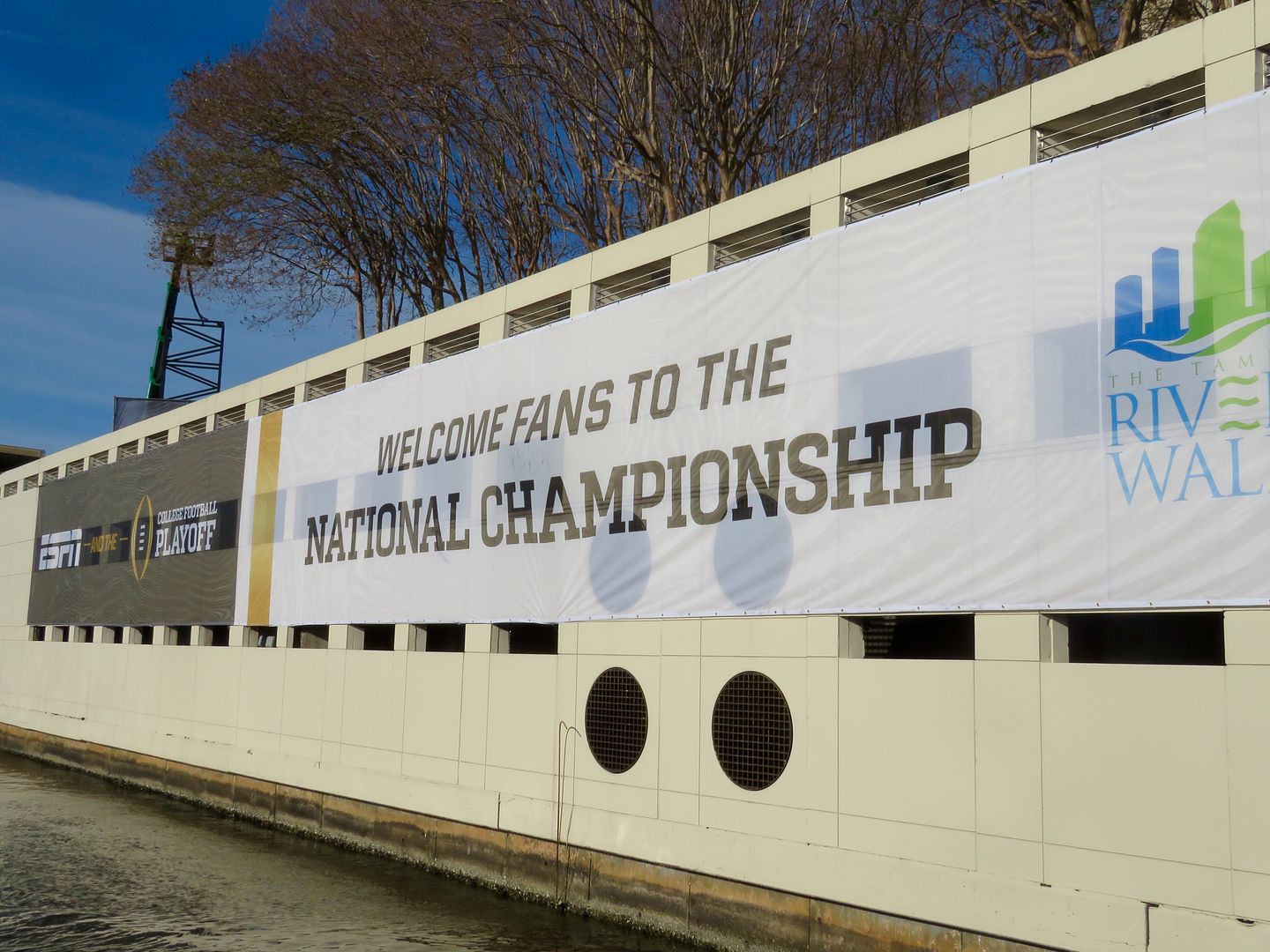
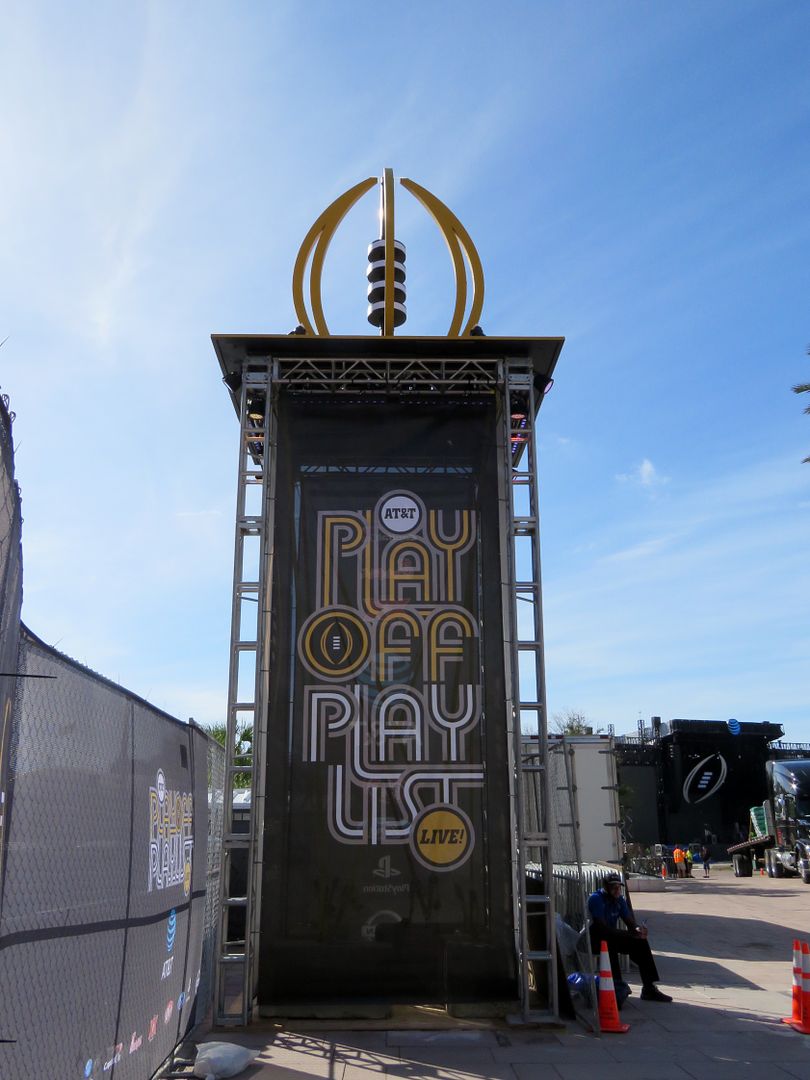
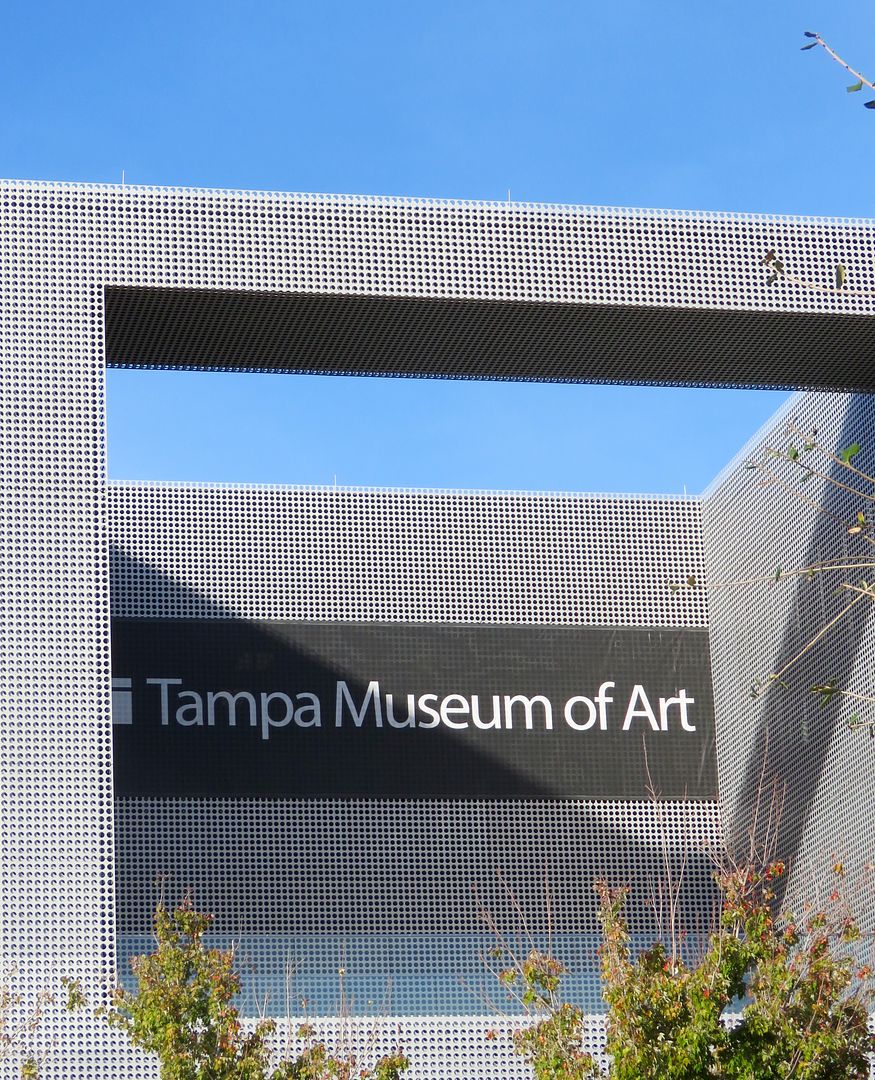
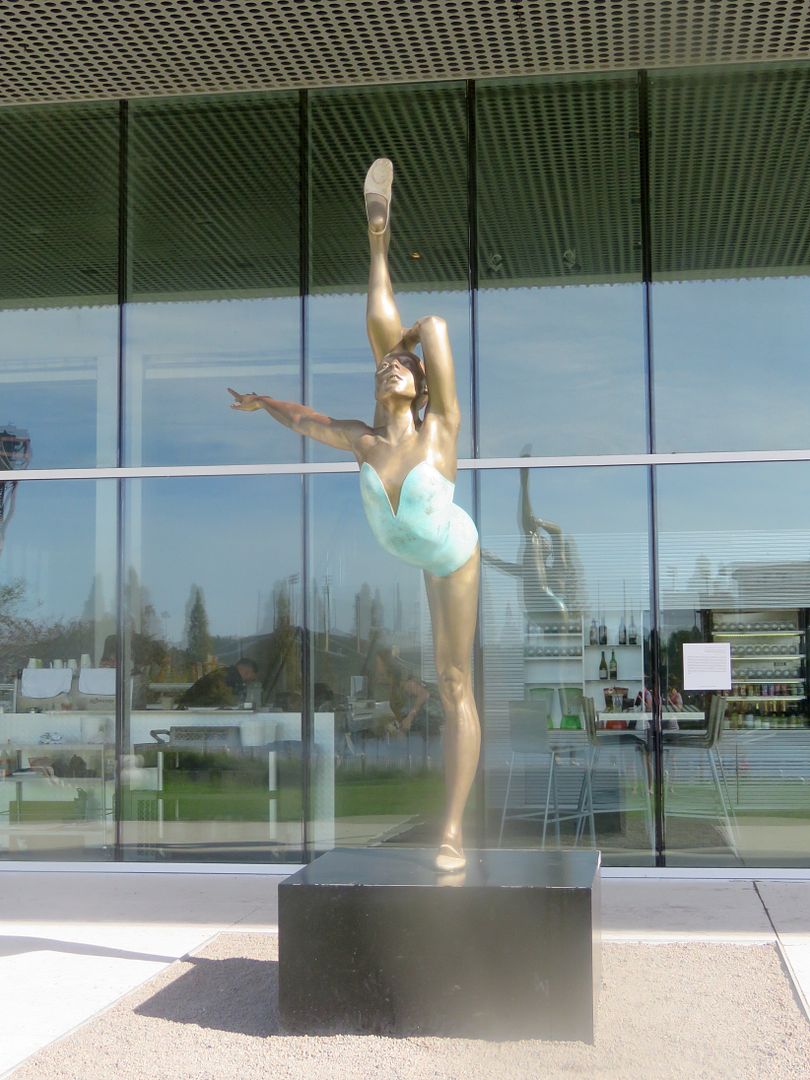

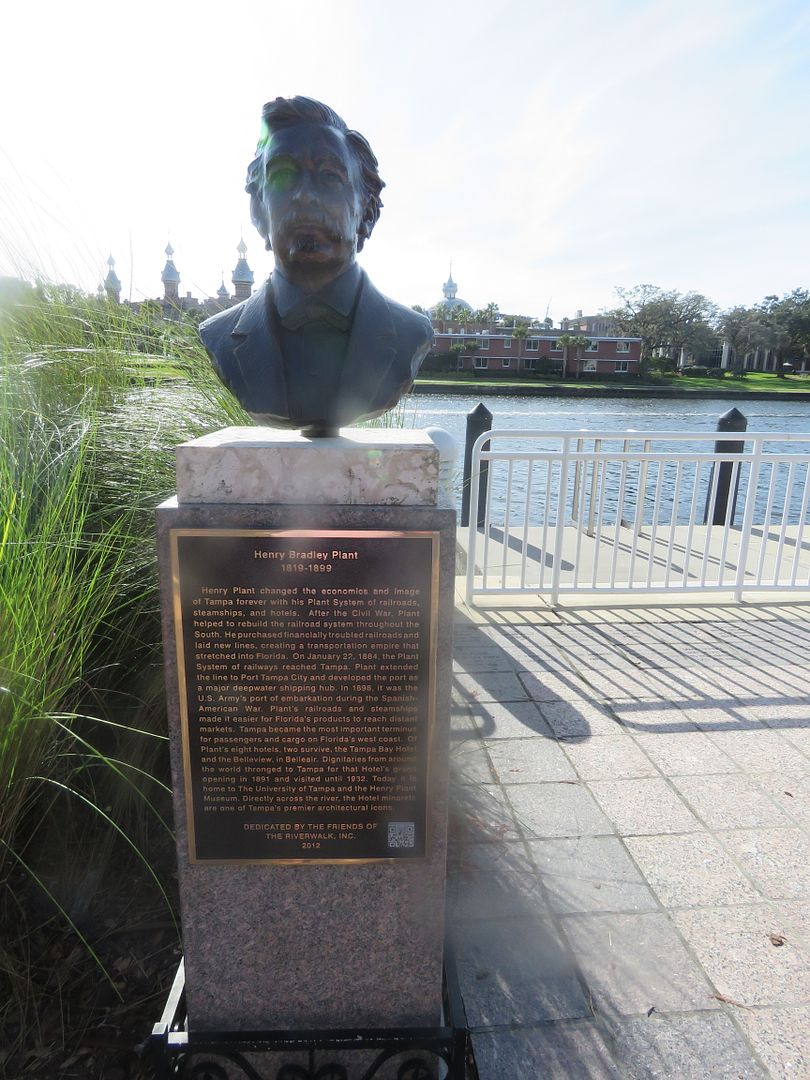
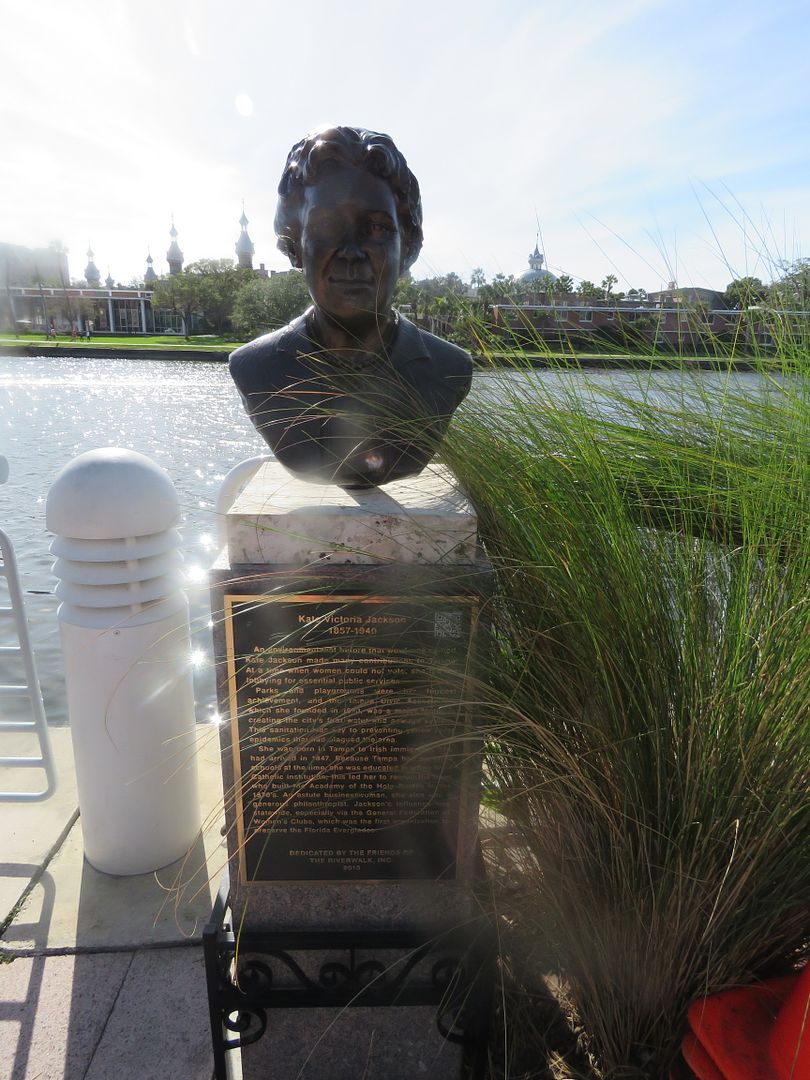
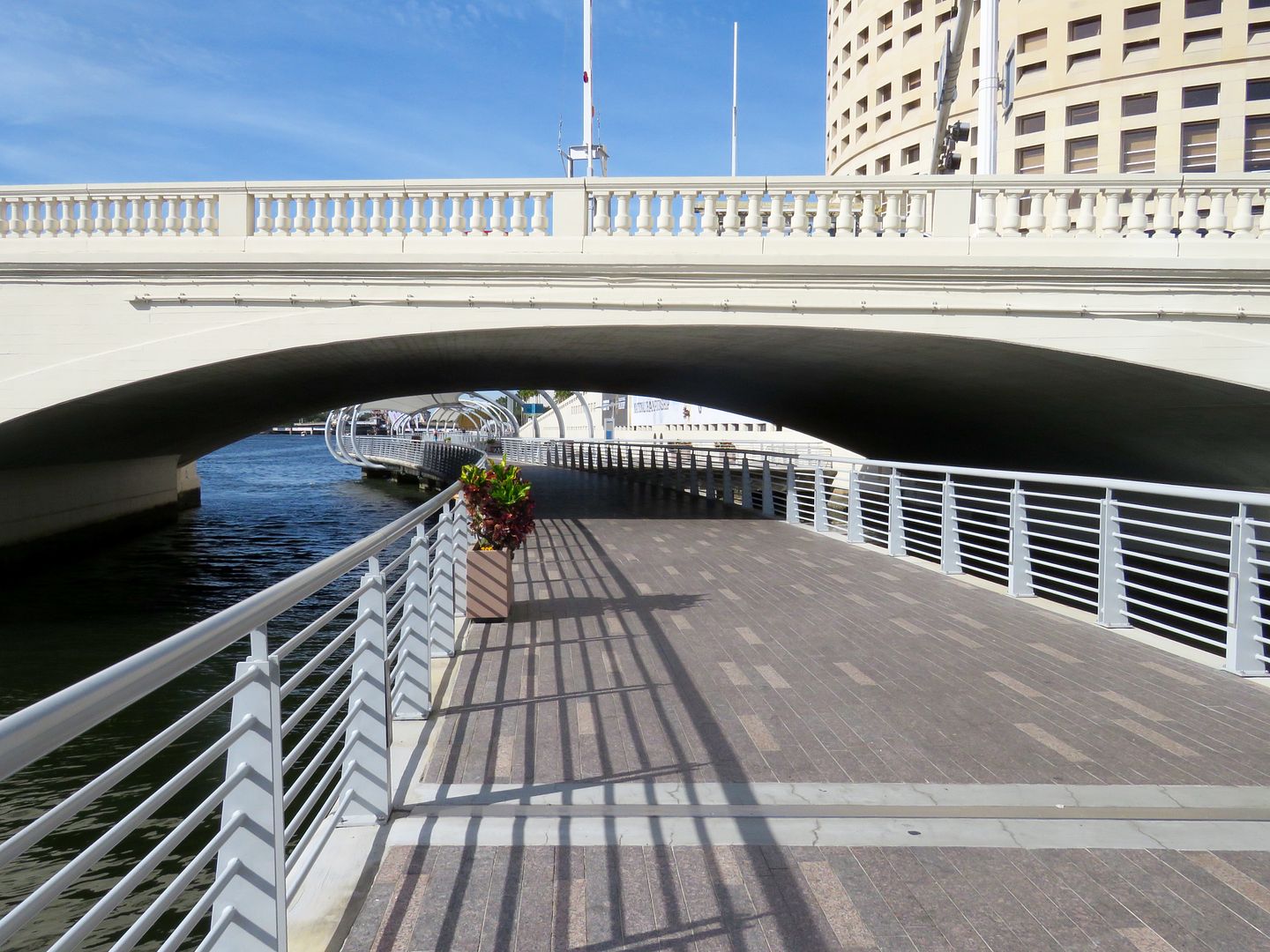
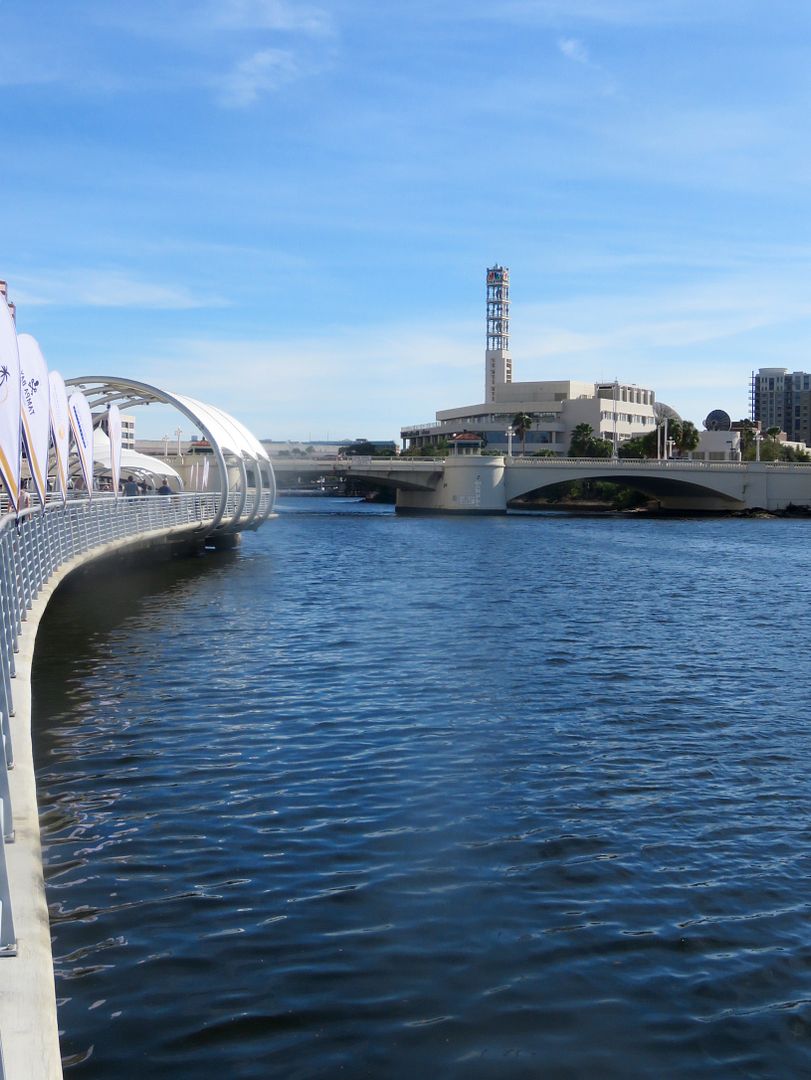
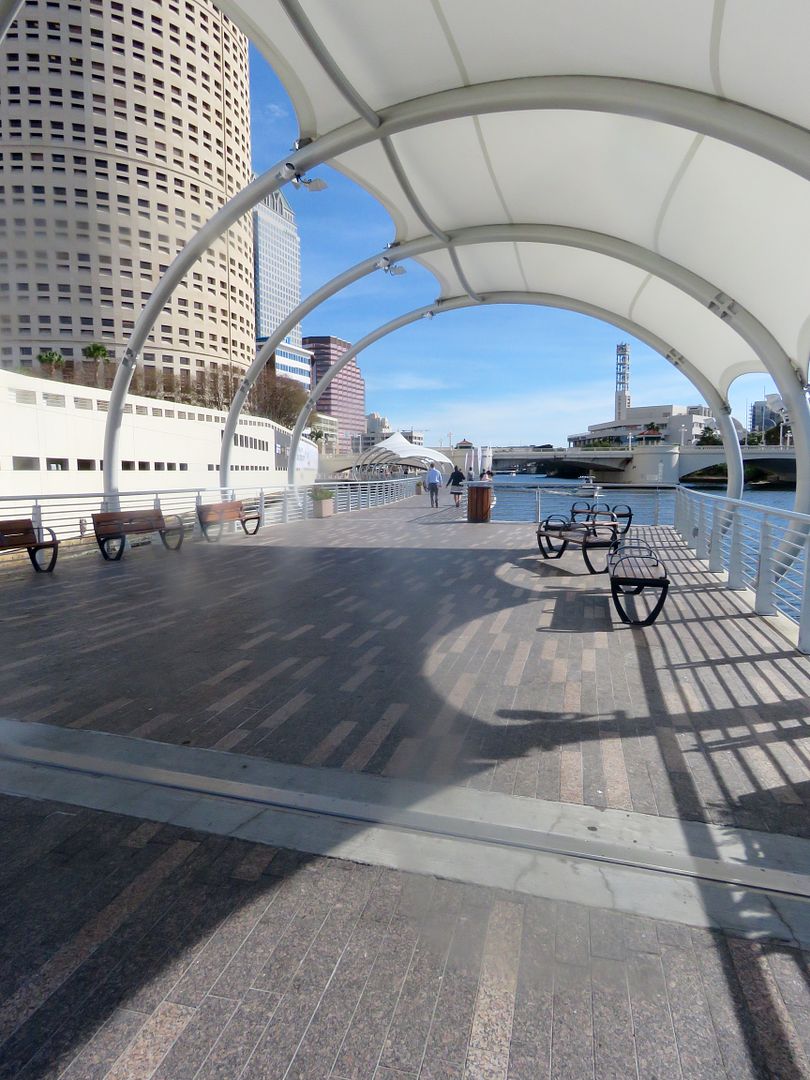
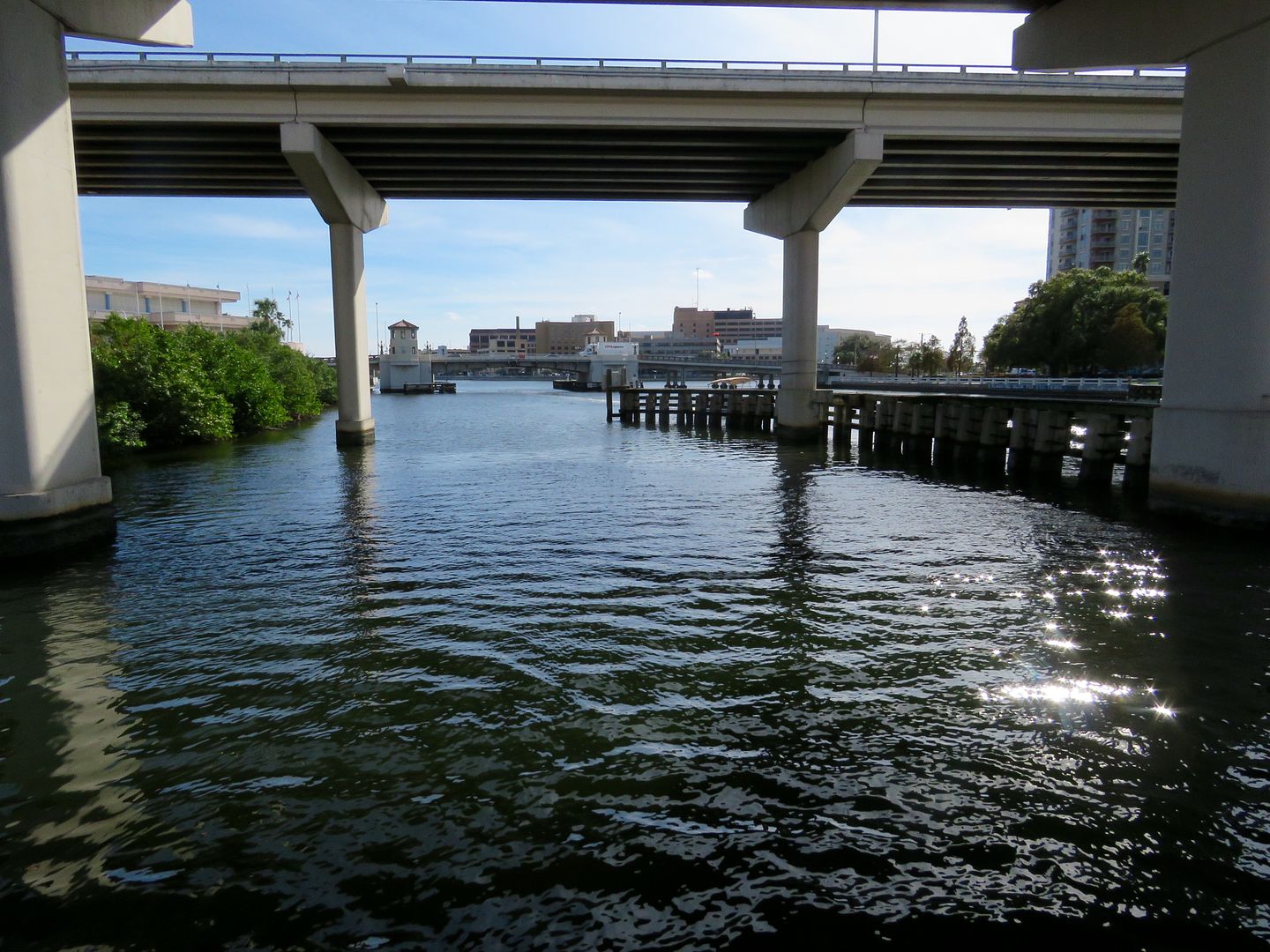
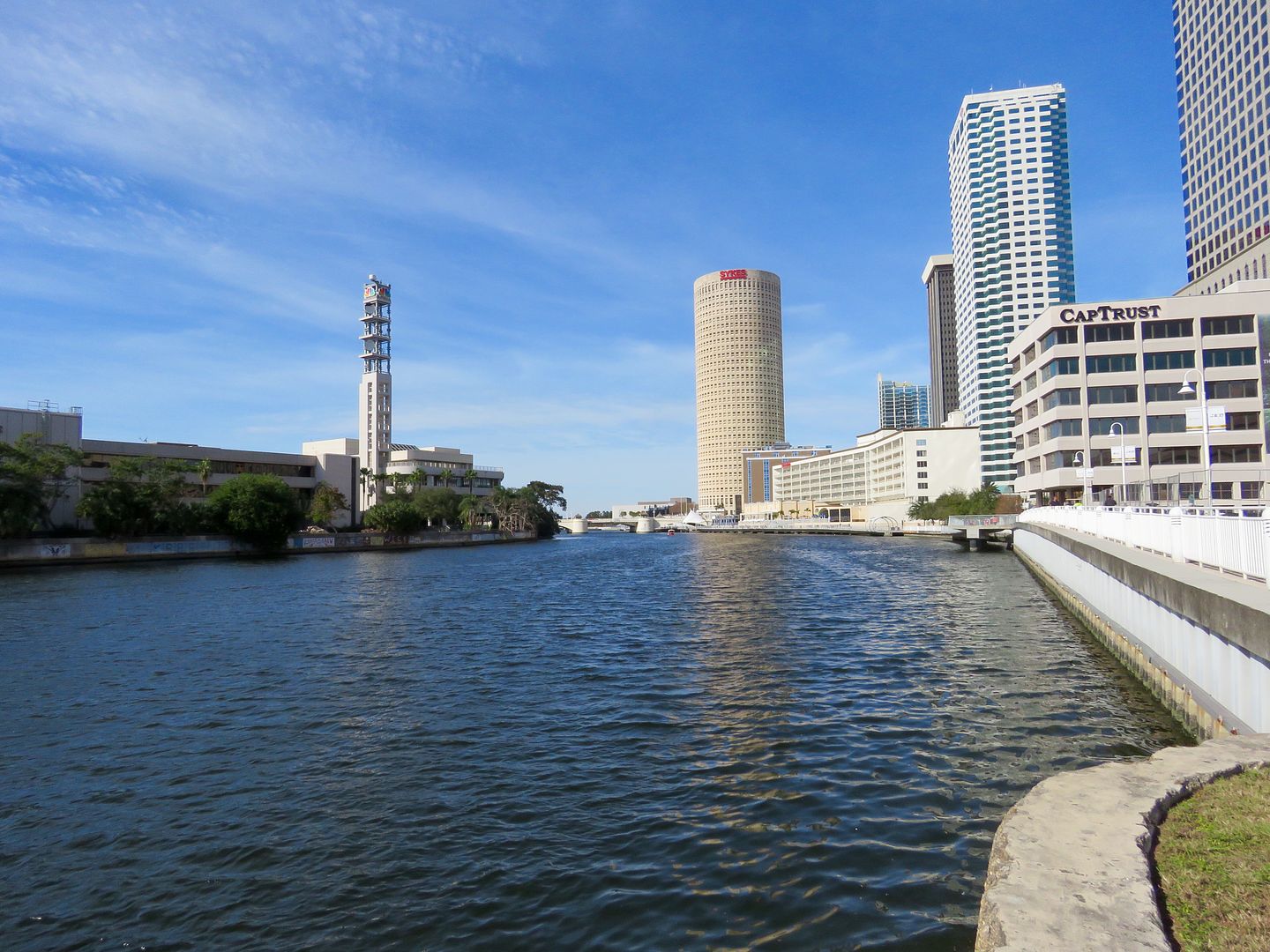

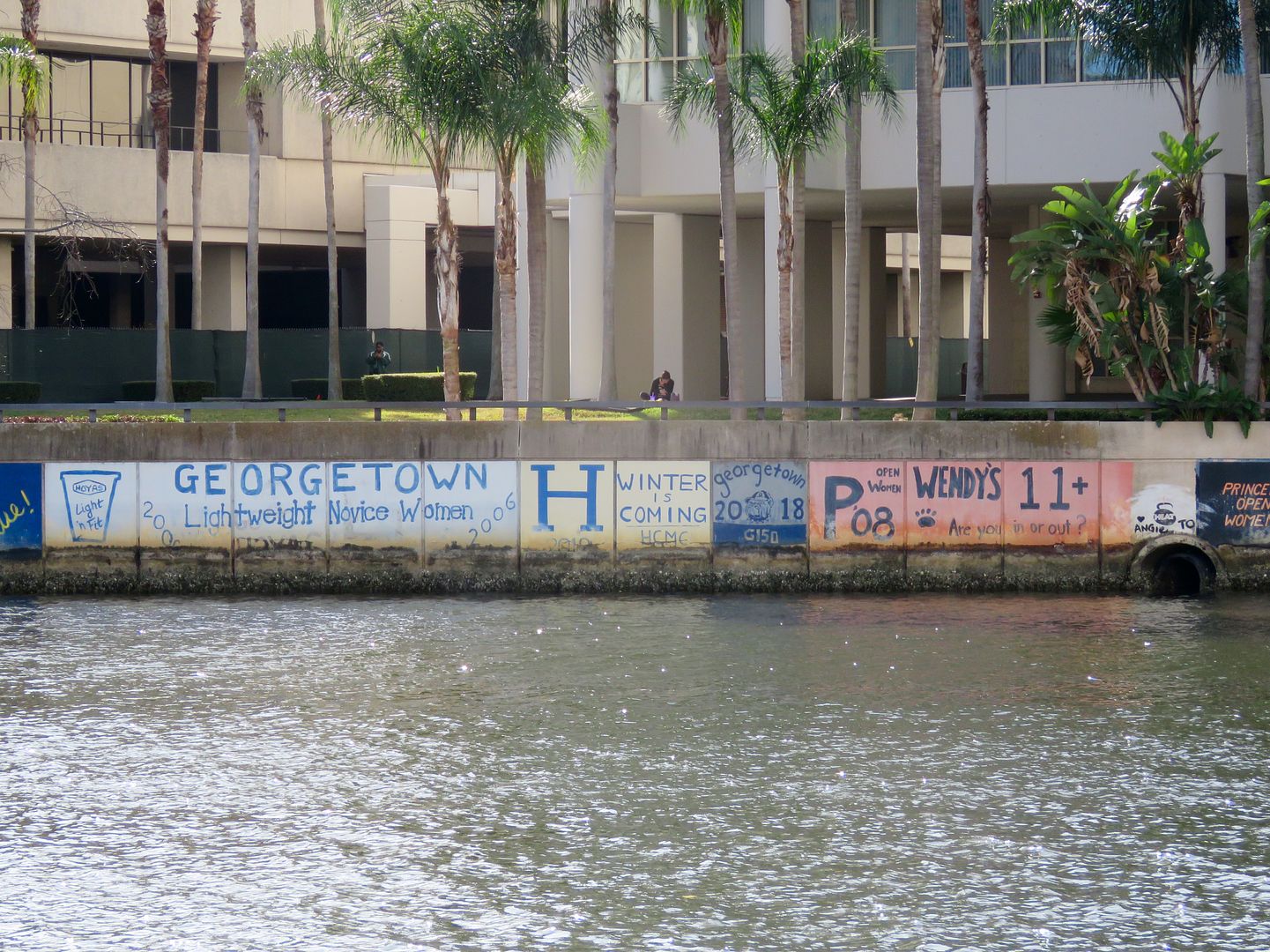
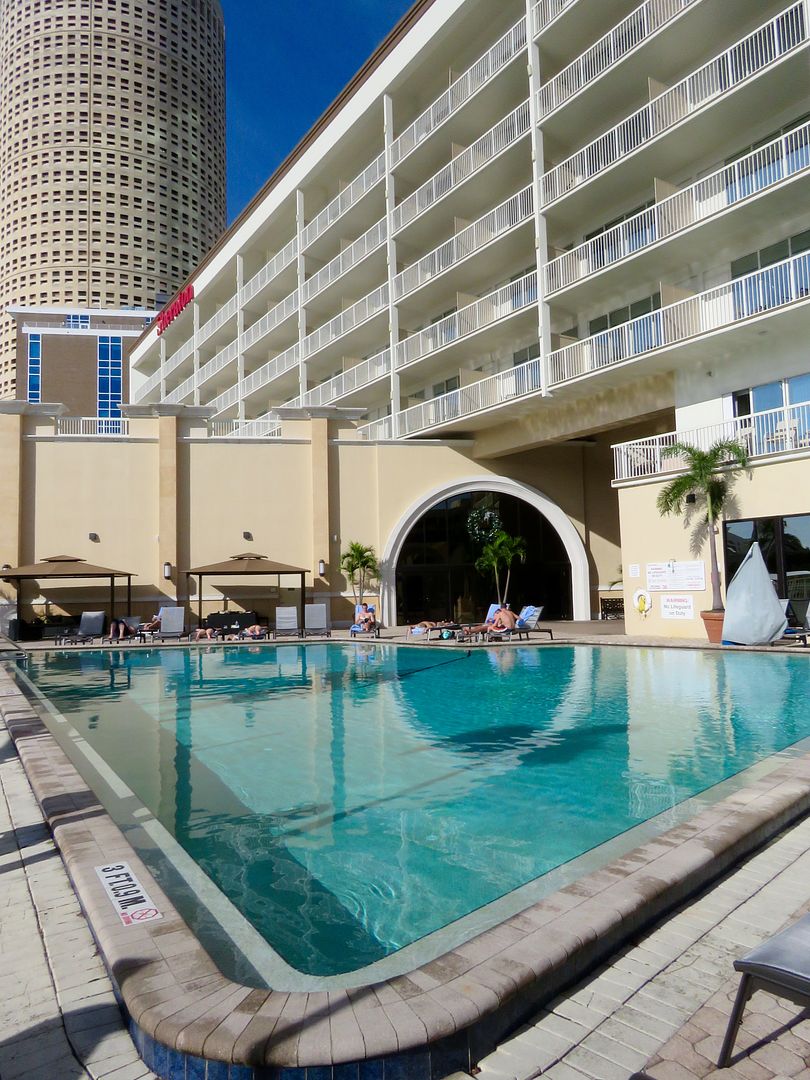
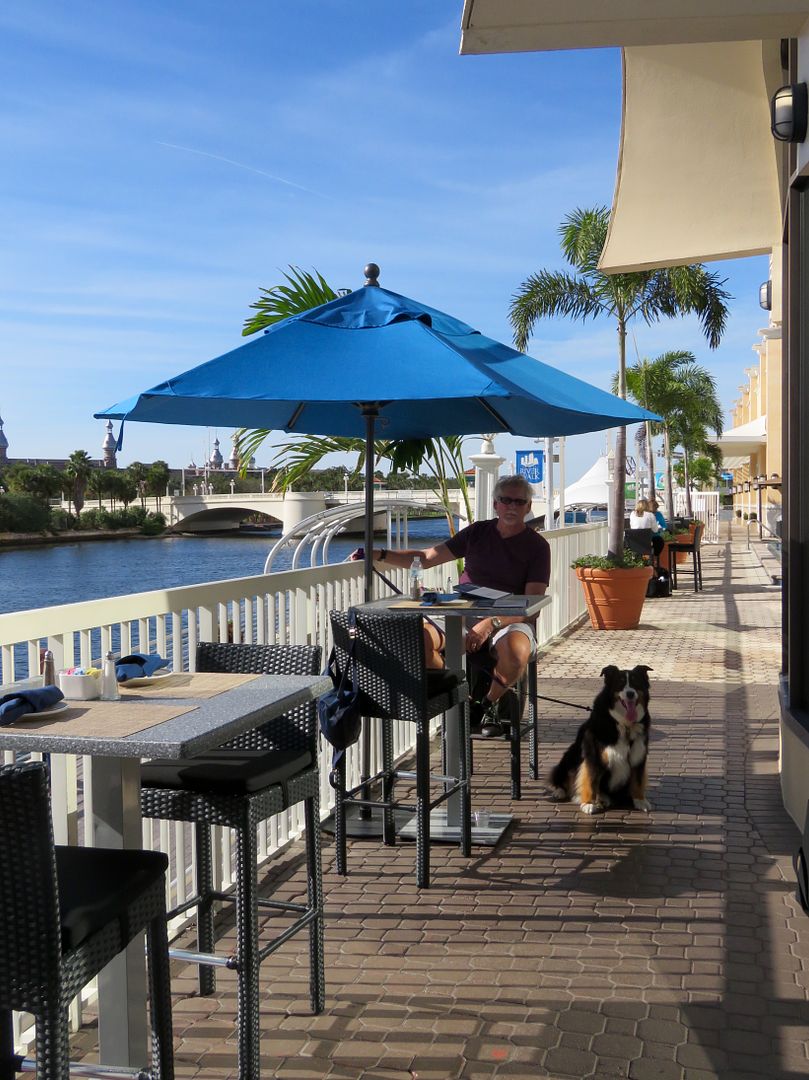
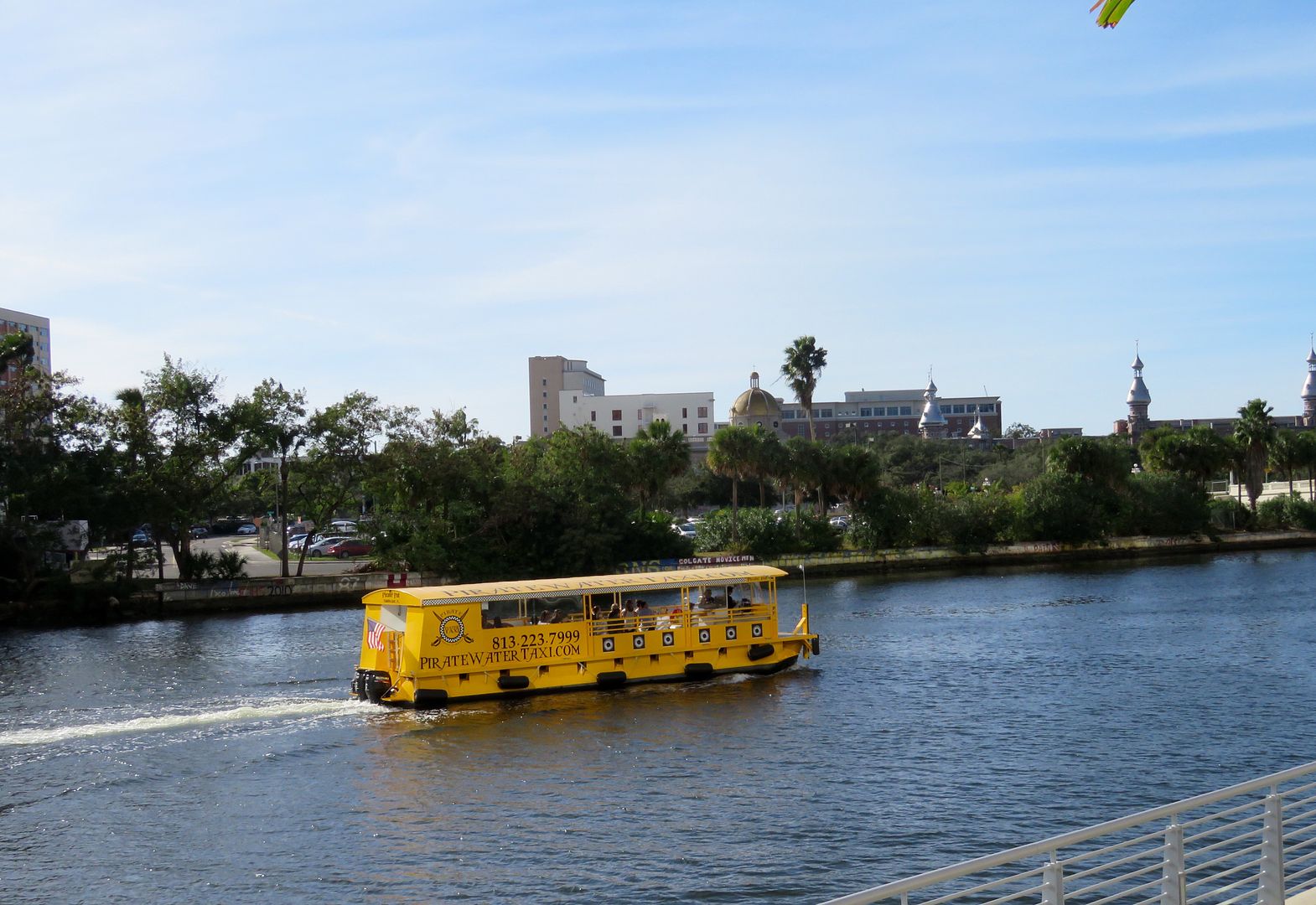
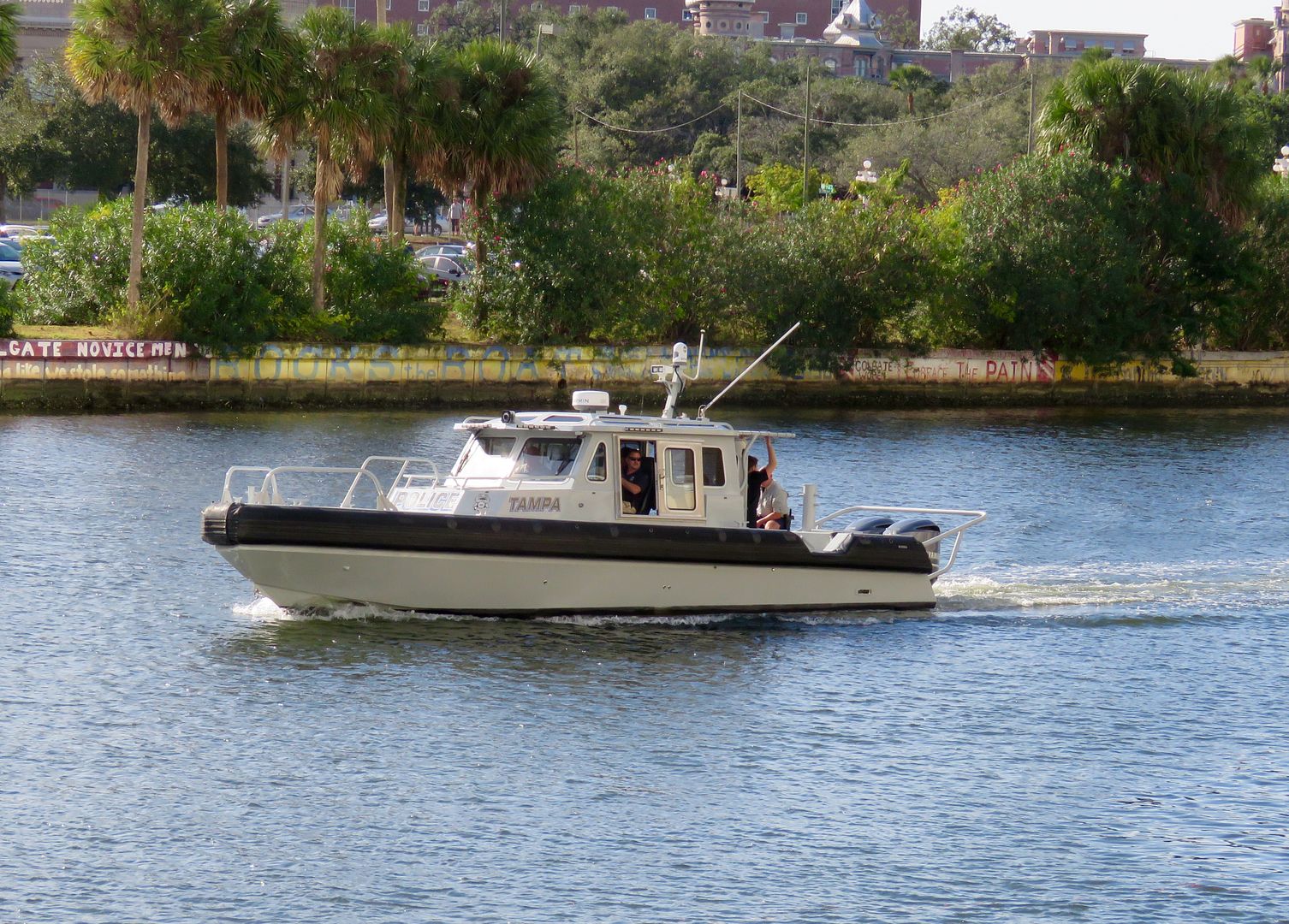
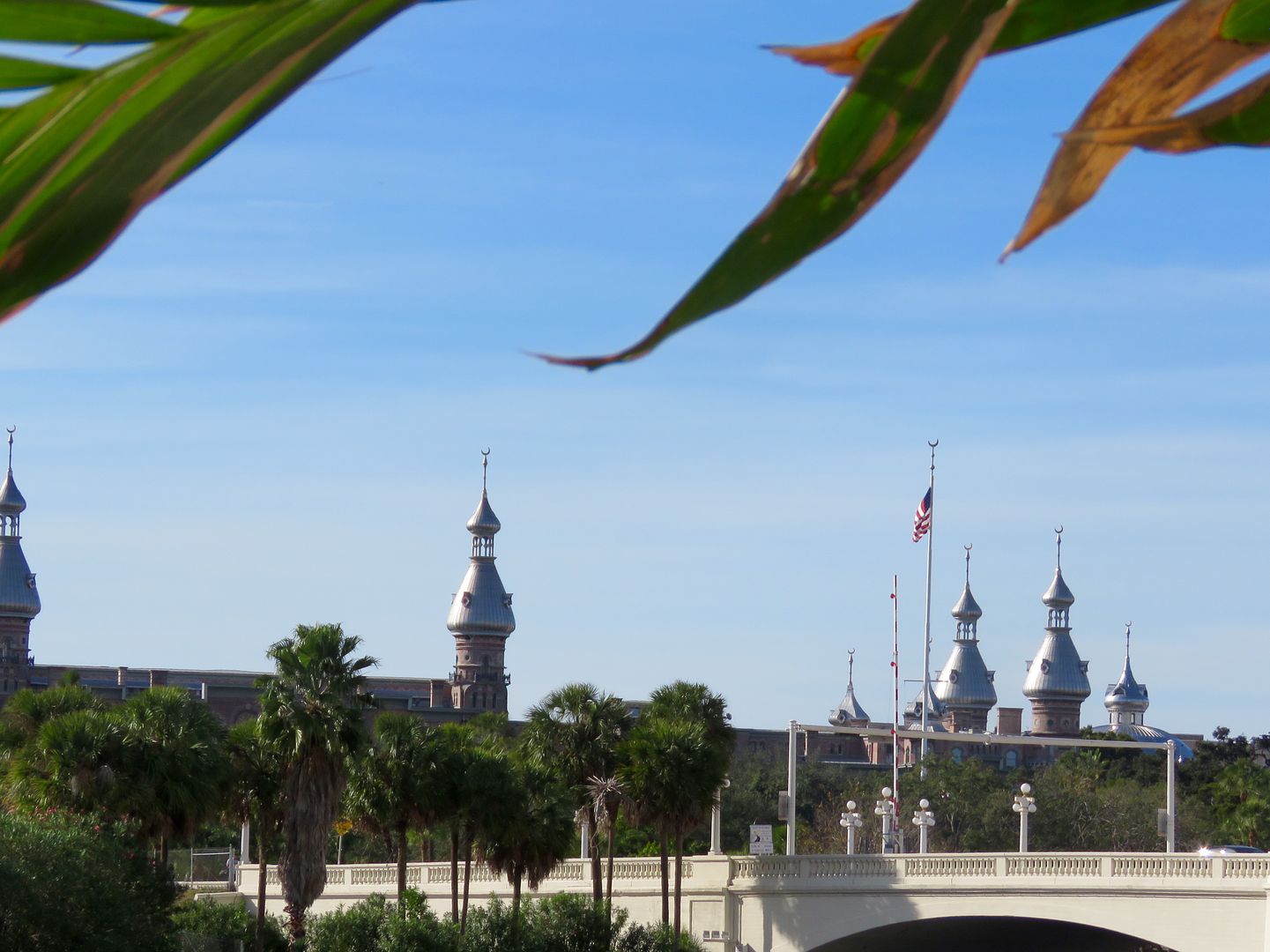
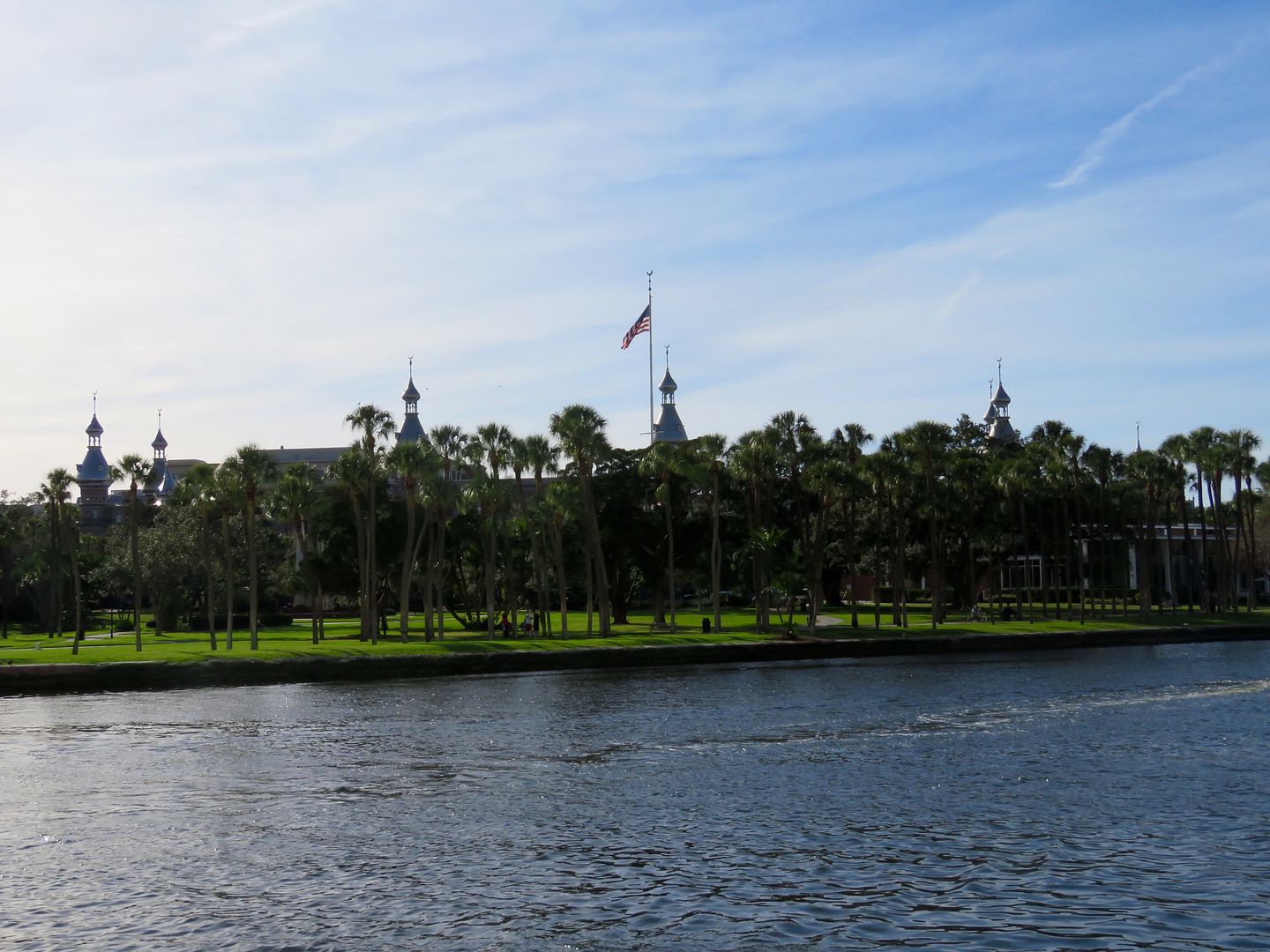
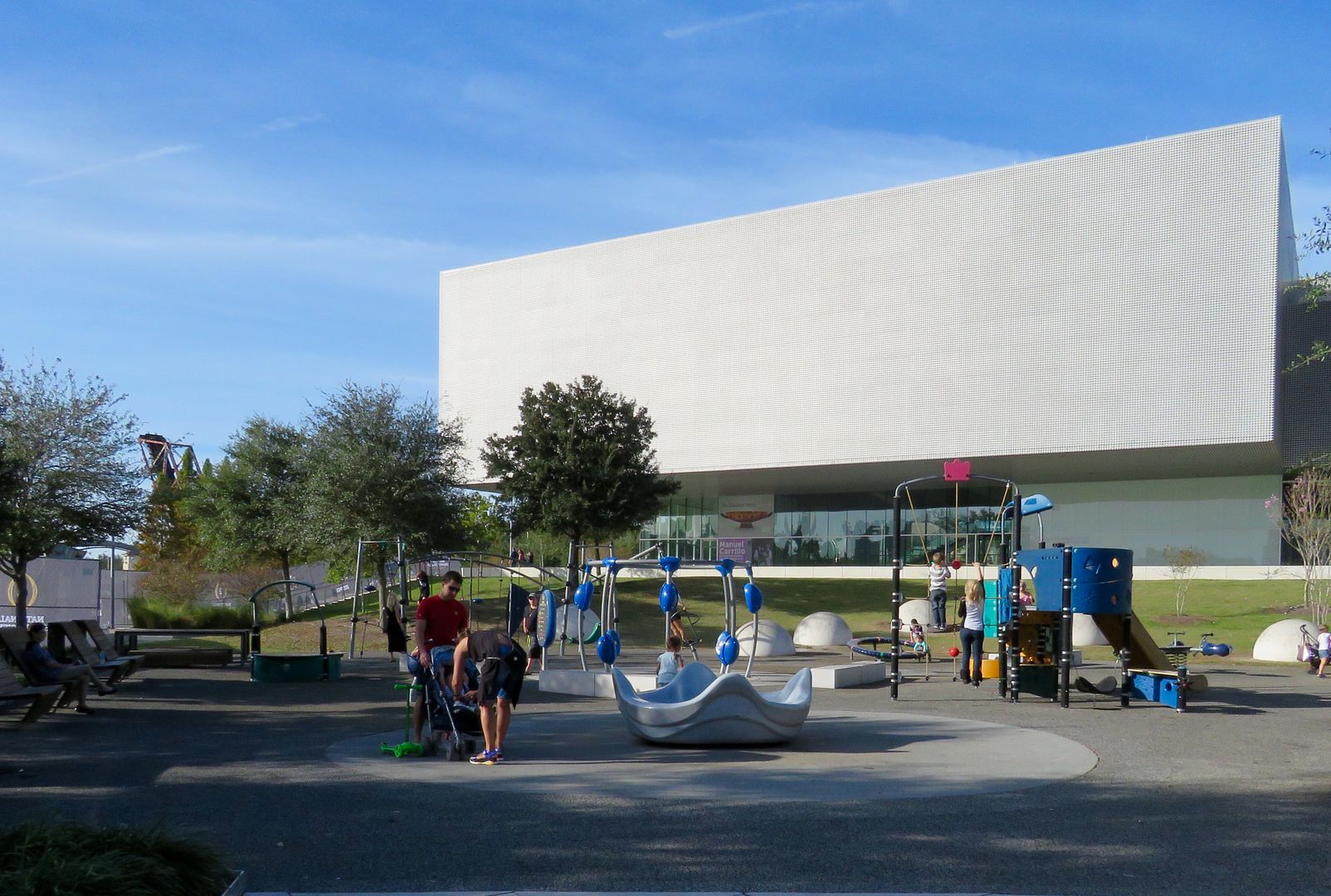

No comments:
Post a Comment